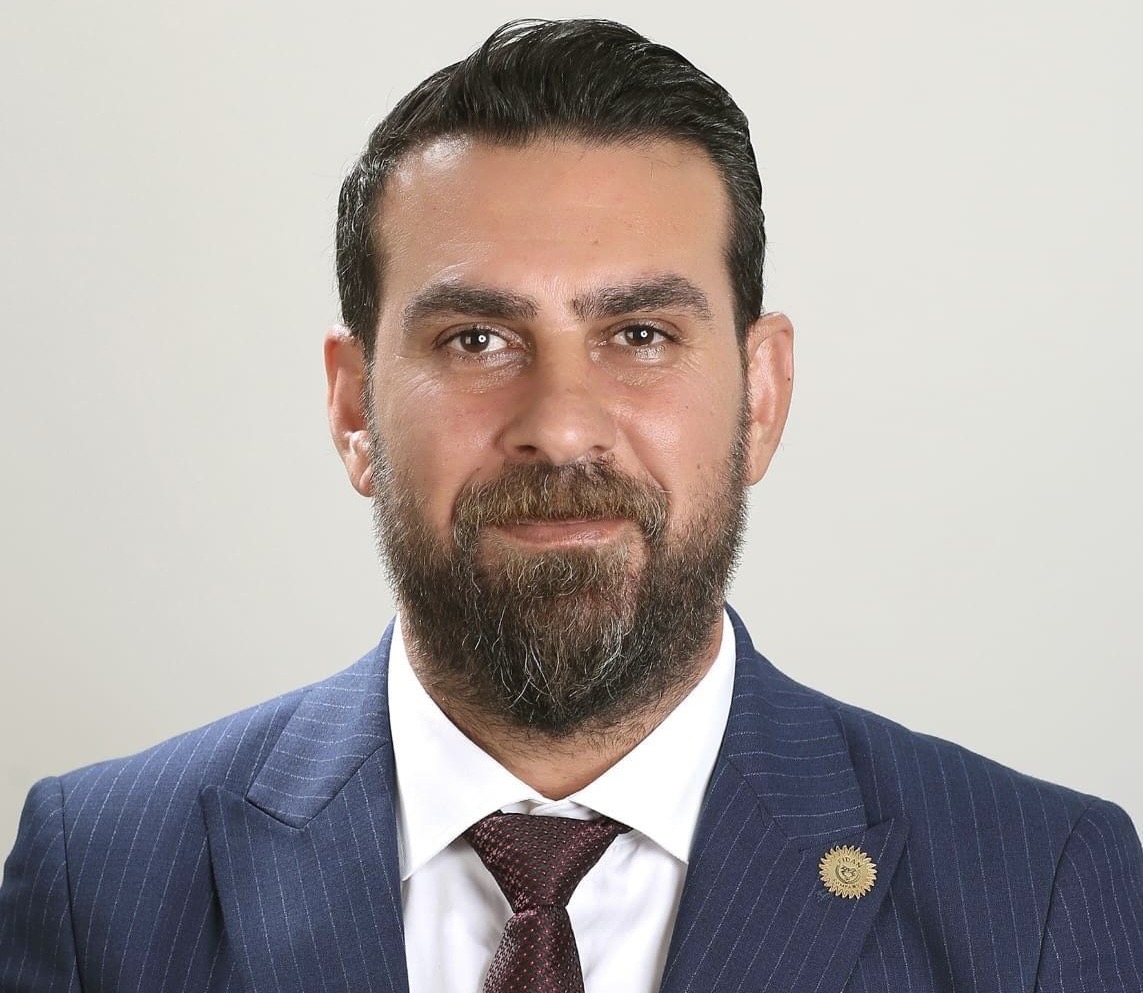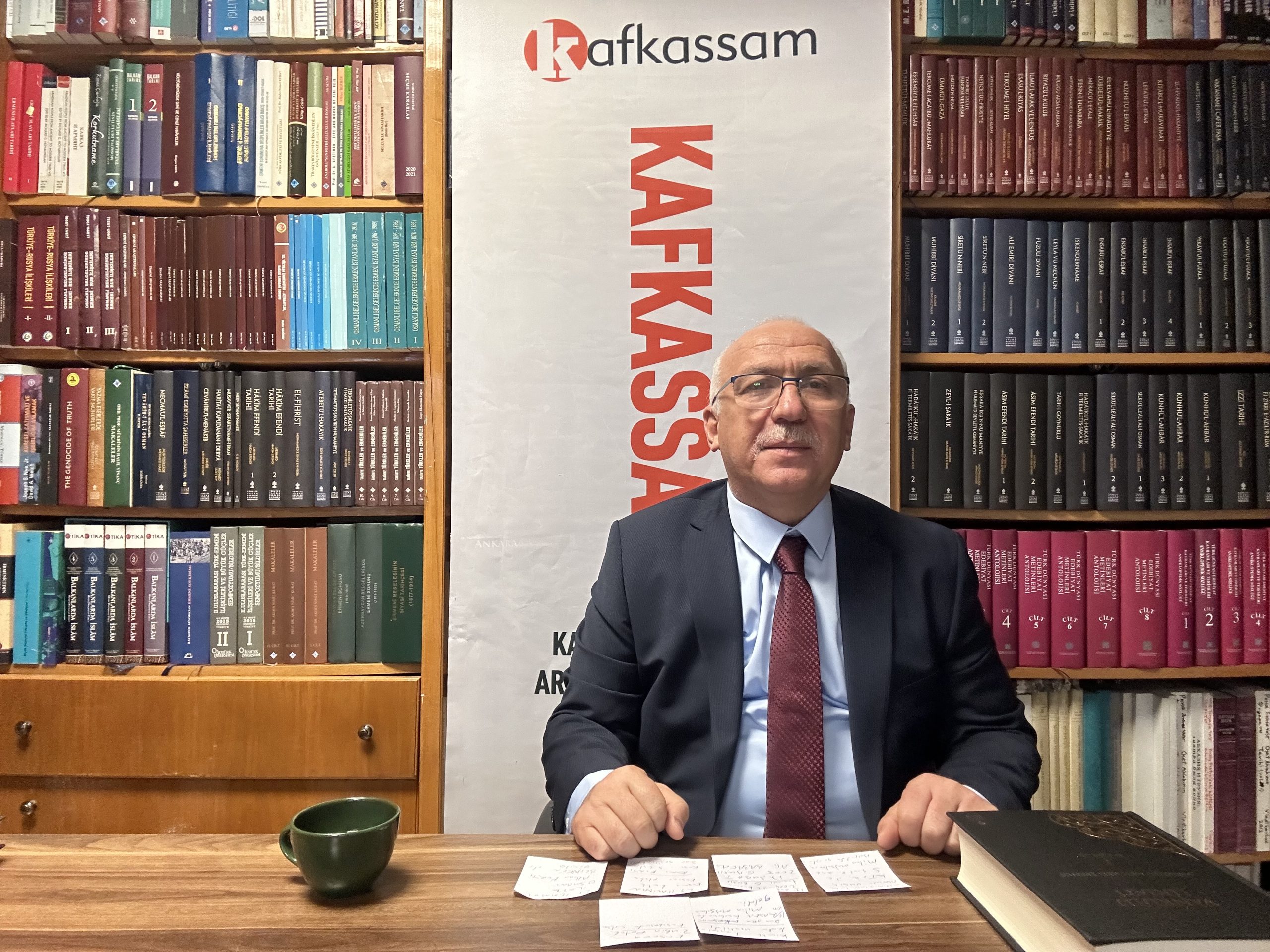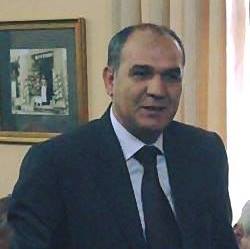Alihuseyn Gulu-Zada: The Prospects of the Turkiye-Armenia Normalization Process – September 2025
This article analyzes the recent intensification of negotiations for the normalization of relations between Turkiye and Armenia, including the meeting of special representatives Serdar Kılıç and Ruben Rubinyan in Iravan in September 2025, as well as Turkiye’s stated linkage of full normalization to the conclusion of a peace treaty between Armenia and Azerbaijan.
Context
Turkiye and Armenia have had no diplomatic relations since 1991, and the state border has remained closed at Ankara’s initiative since 1993. Nevertheless, a normalization process without preconditions was launched in December 2021, when special representatives were appointed from both sides—Serdar Kılıç (from Turkiye) and Ruben Rubinyan (from Armenia).
In early September 2025, both sides confirmed the upcoming historic meeting of the special representatives to discuss the opening of the Margara-Alican border crossing point. On September 13, 2025, Serdar Kılıç made a historic arrival in Armenia through the “Margara” checkpoint, where he was met by Ruben Rubinyan.
During this meeting (the 7th to date), the parties reaffirmed their intention to advance full normalization without preconditions and discussed accelerating the implementation of the agreements from July 1, 2022, concerning border crossings for third-country citizens and diplomatic passport holders, as well as the resumption of cargo flights. An agreement was also reached to conduct a technical study on the restoration and launch of the Gyumri–Kars railway line and a power transmission line.
However, despite the optimism from the Armenian side, the normalization process is still closely linked to a peace settlement with Azerbaijan. Turkish Foreign Minister Hakan Fidan stated that the normalization of relations with Iravan will occur immediately after the signing of a final peace agreement with Baku, and that he expects the peace treaty between the two countries to be signed in the first half of 2026.
Russia’s Stance
Russia, for its part, supports the swiftest possible reconciliation between Turkiye and Armenia as an essential condition for lasting peace in the South Caucasus and states its readiness to support the parties’ efforts, including within the “3+3” format (Azerbaijan, Armenia, Georgia on one side; Russia, Iran, and Turkiye on the other). Moscow considers it important to exclude “destructive interference from external actors” in the negotiation process between the Caucasian countries.
Iravan’s Reciprocal Steps
In this context, the Armenian authorities have taken a symbolic step: from November 1, 2025, the image of Mount Ağrı (Ararat) will be removed from visa stamps. Artur Hovhannisyan, Secretary of the ruling “Civil Contract” party faction, explained this as a desire to ensure that the symbolism does not contain “dangerous signals” based on the principle of territorial integrity.
This decision naturally sparked criticism within Armenia, where opposition politicians called the resolution a “de-Ararat-ization” (Seyran Ohanyan, “Armenia” bloc) and an act of “self-censorship” (Edmon Marukyan, “Bright Armenia”), not directly related to Turkiye’s demands, as Ankara had not previously blocked Armenia’s membership in international organizations over its symbols. It is worth noting here that the symbolism of Mount Ağrı, located in Turkiye, was only introduced in the early 2000s and was absent in the 1990s, and the Pashinyan government has merely repealed a previous decree by former authorities.
Ankara’s Intentions
Overall, Turkish diplomacy is demonstrating high activity across all foreign policy vectors, including the South Caucasus. For example, regarding the latest progress with Iravan, Ankara is currently actively building a highway to the border of Nakhchivan (Azerbaijan) and declares its commitment to the idea of the Zangezur Corridor.
This is no coincidence, as Turkiye views this corridor not just as a regional link, but as part of the broader Middle Corridor, which aims to transform the country into a macro-regional logistics hub. Special Representative S. Kılıç does not hide this. For instance, he emphasized that the “Zangezur line” is important for all of Central Asia and the Turkic republics. In this context, the historic agreement signed on August 8, 2025, in Washington, D.C. (USA) between Azerbaijan and Armenia holds strategic importance for Armenian-Turkish relations.
Benefits and Risks for Armenia
It is worth noting that for Armenia, opening the border with Turkiye brings both significant economic advantages and risks. For example, Armenian Minister of Economy Gevork Papoyan stated that the main benefit for Armenia from cooperation with the Turkish side would be the country’s access to Turkiye’s Mediterranean ports. The minister argued that the lack of this access significantly increased the cost of imported goods and reduced the competitiveness of Armenian exports. Establishing relations with Ankara, however, will have a positive effect and lower the prices of a range of imported goods.
However, not everyone in the Armenian political expert community agreed with the minister’s positive scenarios. For instance, among the obvious negative points, Armenian experts indicated that the most serious challenge for Armenia would be a “takeover” of the tourism sector by Turkiye, “similar to the example of Batumi,” as Turkish infrastructure and service are among the best in the world (Turkiye is visited by over 60 million tourists annually).
Furthermore, there is an argument that opening the borders could lead to Turkish companies “buying up hotels” and then entering the construction and manufacturing sectors. Additionally, some Armenian experts warn of the risk of demographic changes due to the import of cheap labor from Muslim countries, which could also lead to mixed marriages and an “increase in the share of the Muslim population.”
To minimize these risks, local Armenian experts propose tightening employment conditions for foreigners and establishing a special licensing procedure for Turkish and Azerbaijani companies.
Theses and Scenarios:
– The implementation of the 2022 Armenian-Turkish agreements will most likely initiate only a partial opening of the border. Symbolic steps have more of an internal political resonance and do not carry an immediate critical impact. Ultimately, the full normalization of Armenian-Turkish relations is directly linked to the Armenia-Azerbaijan peace process.
– The Armenian authorities will likely need not only to adapt legislation but also to undertake a multi-year psychological preparation of the population for trade with neighboring countries—Turkiye and Azerbaijan.
– The statement by Turkish Foreign Minister Hakan Fidan about a specific timeline for signing the treaty in the first half of 2026, and its linkage to normalization with Armenia, demonstrates Turkiye’s serious interest in this, but taking into account Azerbaijan’s position.
– The main consequences of normalization for Armenia include potential access to Turkiye’s Mediterranean ports, economic risks for local producers and the tourism sector, as well as symbolic steps. Nevertheless, a serious risk lies in the absorption of vulnerable sectors of the Armenian economy (especially tourism and construction) by Turkish businesses and a hypothetical demographic threat.
Share this content:








Yorum gönder